A Beginner’s Guide To Heel And Toe: How To Do It, And Why You Should Try It More

Heel and toe is a driving technique you’re no doubt familiar with the concept of – be it from old-school racing drivers, watching Chris Harris on Cars back in the day on YouTube, your friend with an E46 BMW 330Ci who claims to be a driving god… pick your poison.
Knowing how to do it effectively can be a whole other matter, though. We’ll hold our hands up ourselves and say we’ve buggered it on several occasions, often to the disgraced faces of passersby hearing our over-revved engines. Get it right, though, and it’s one of the most satisfying elements of driving.
Ok, get to it, how do I heel and toe, then
Someone’s keen. Despite the name, the technique doesn’t only use your heels or your toes. Rather, it’s the top half of your right foot on the brake pedal, and the middle bit of the same foot covering the throttle. No, that doesn’t quite roll off the tongue, to be fair.
Get some decent, flat-ish footwear with a grippy but not overly-thick sole on for a start. Avoid things like high heels, even if you look fabulous in them, or loafers. Unless you’re Ayrton Senna, then ignore that last point.
We’d suggest getting a feel for the positioning while your car is stationary and off, rather than going in blind the next time you’re approaching a 90-degree left corner.
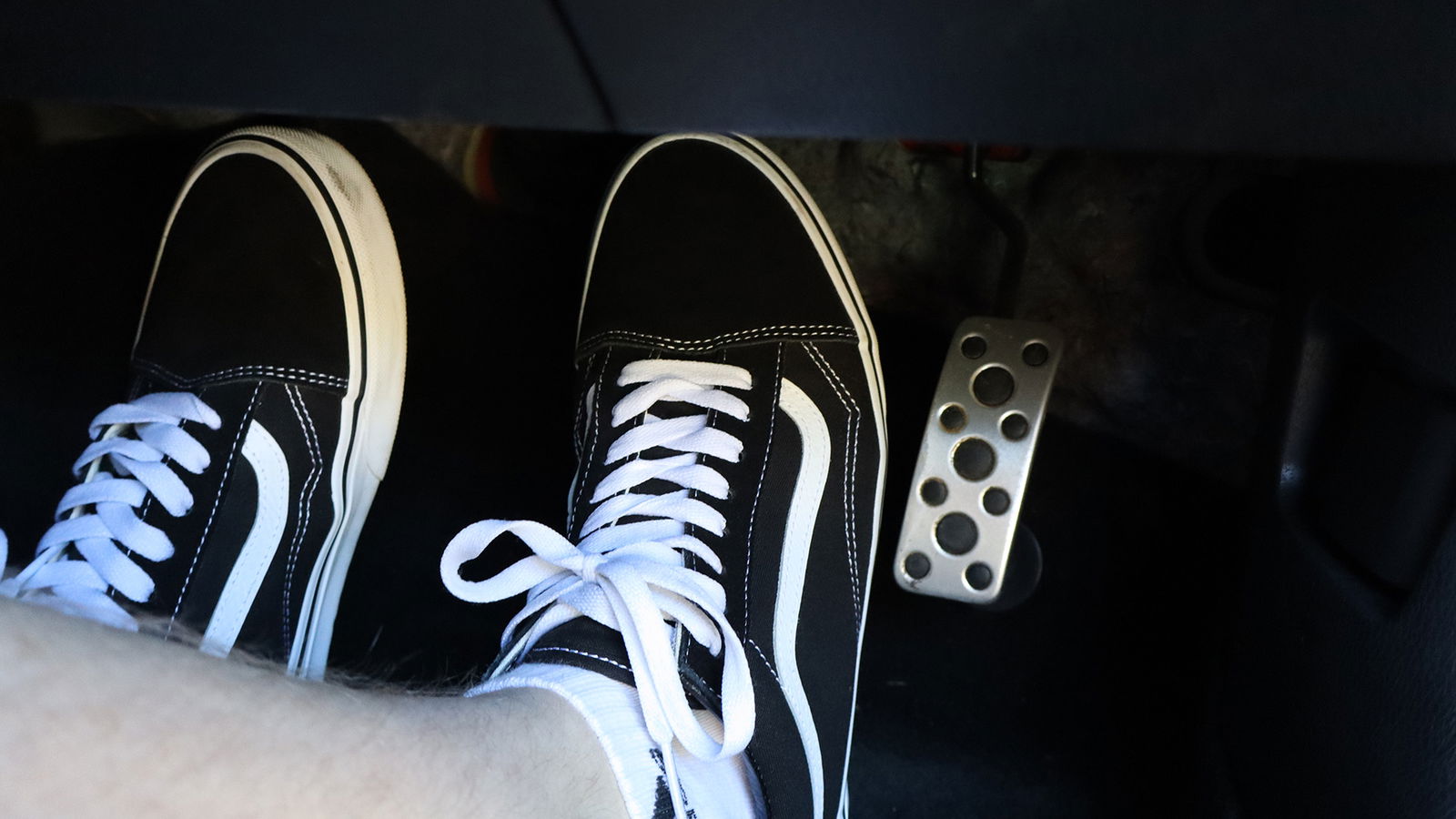
Start depressing your brake pedal with the top of your right foot and then your clutch (with your left foot, just to be clear). Now, go for your downshift.
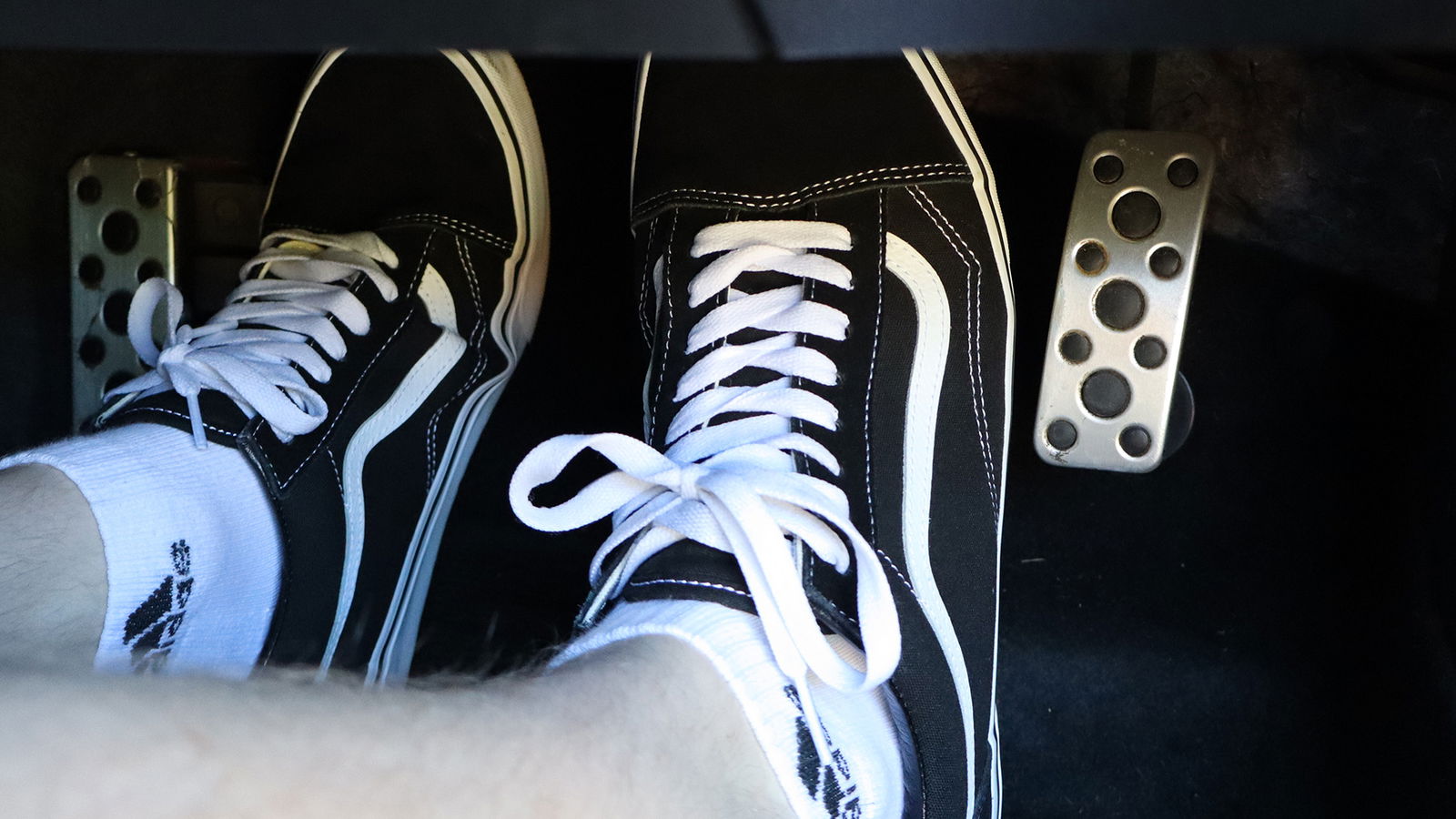
At this point, with the clutch depressed and brake pressure still on, roll your ankle and let the mid-side of your right foot tap the throttle (better known as blipping it). That’ll increase your revs, although by how much depends on your car and how hard you press it, so experiment a bit to find the sweet spot. Just please don’t invoice us for any new clutches in the process.
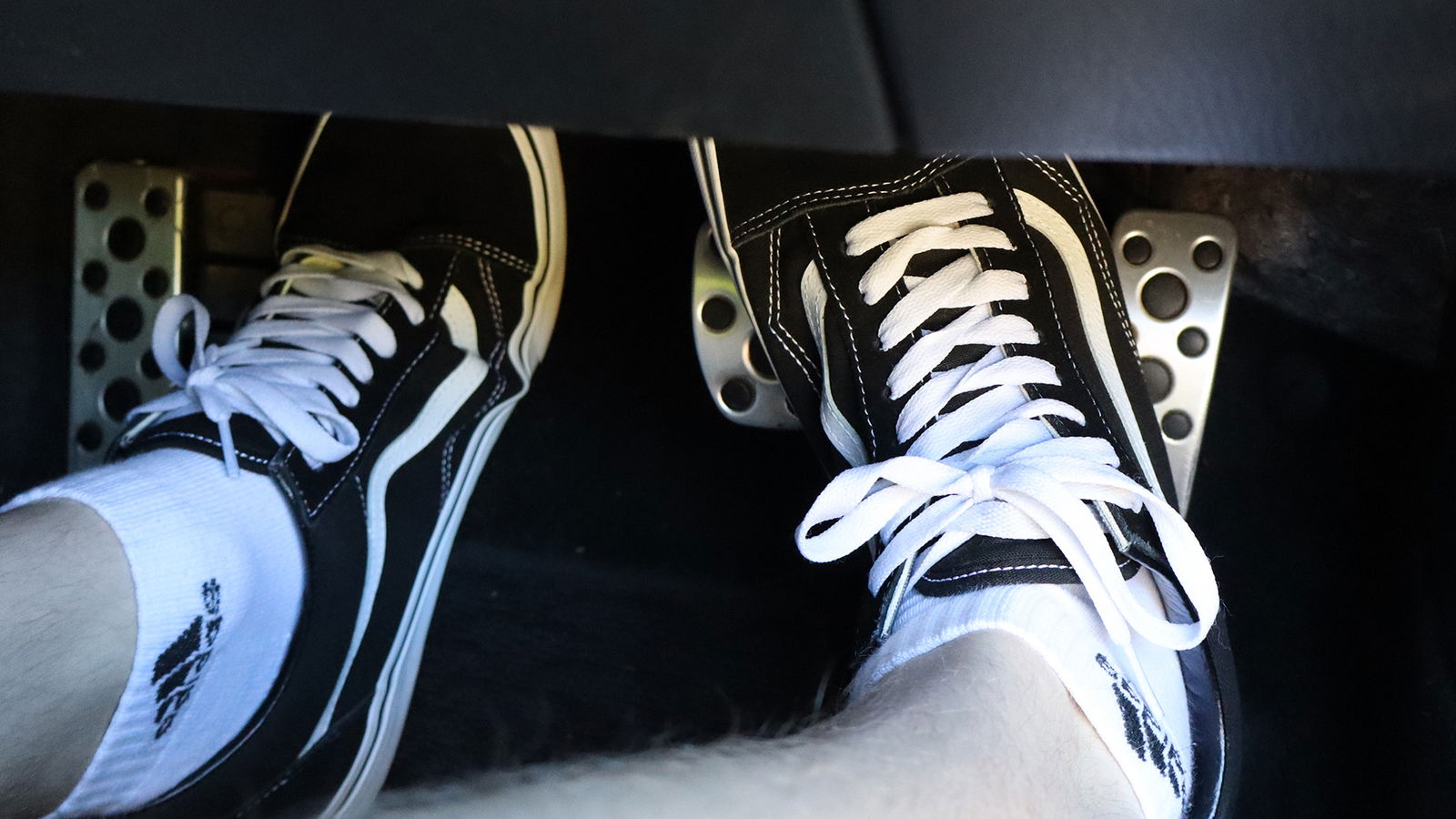
Now, you’ll want to get your foot off the clutch smoothly, and all being well, you’ll have matched your engine's revs with your speed. You’ll know if you’ve got it right, because it’ll be smooth. If you’ve got it wrong, it’ll be quite jerky. Don’t say we’re not scientific.
But what’s the point?
Well, in short, it means your downshifts are smoother. That makes driving at slow speeds a little more comfortable, while out on a track, it can reduce the risk of locking your brakes and help your consistency.
It’s also just fun, to be quite honest. We won’t claim to be anything but mediocre drivers, but hitting it right will briefly convince us we’re the greatest out there for a brief moment. Better still, you can get that sensation, no matter what you’re driving – a Porsche 911 GT3, a Ford Focus ST, a Peugeot 107…
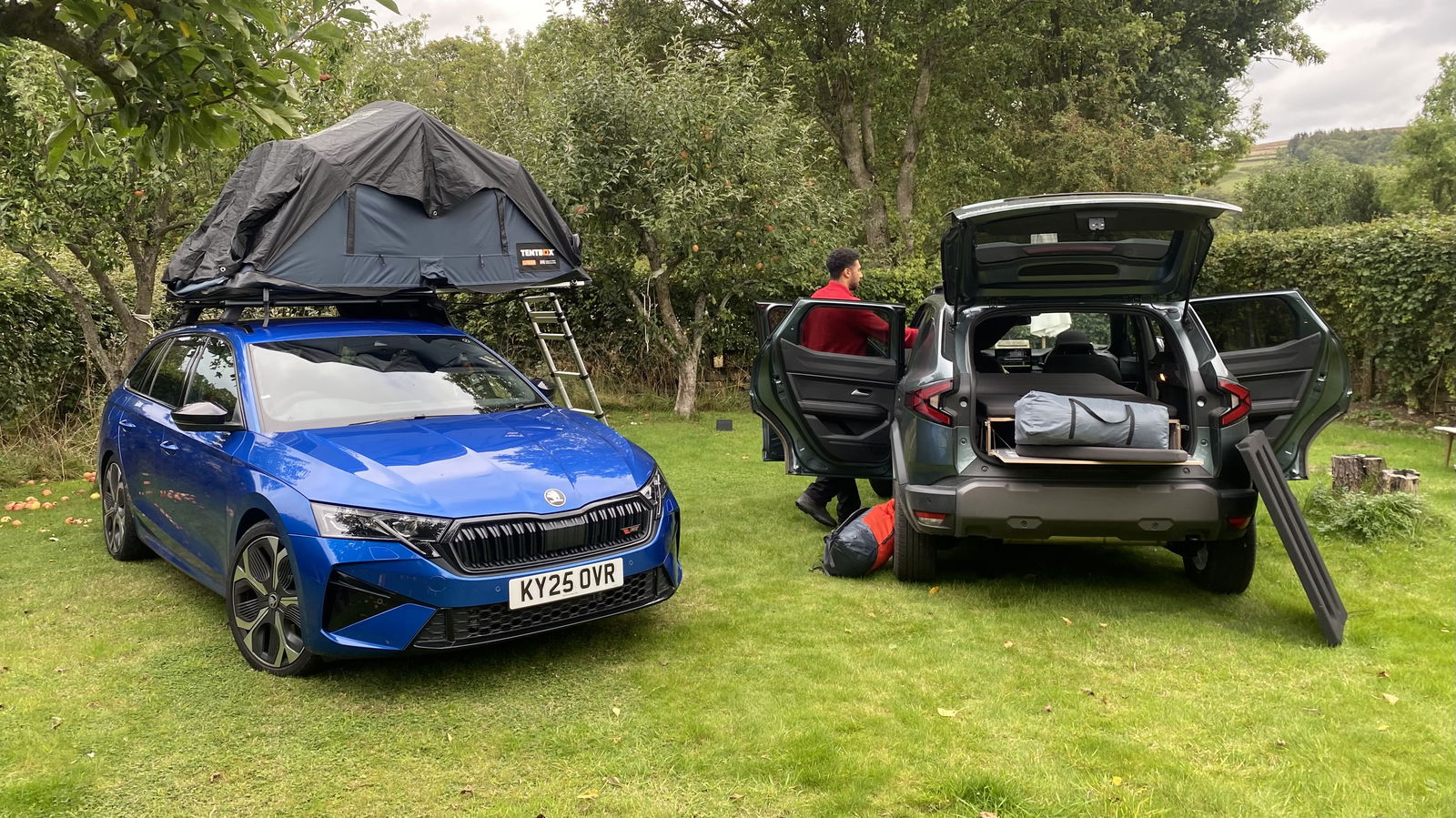
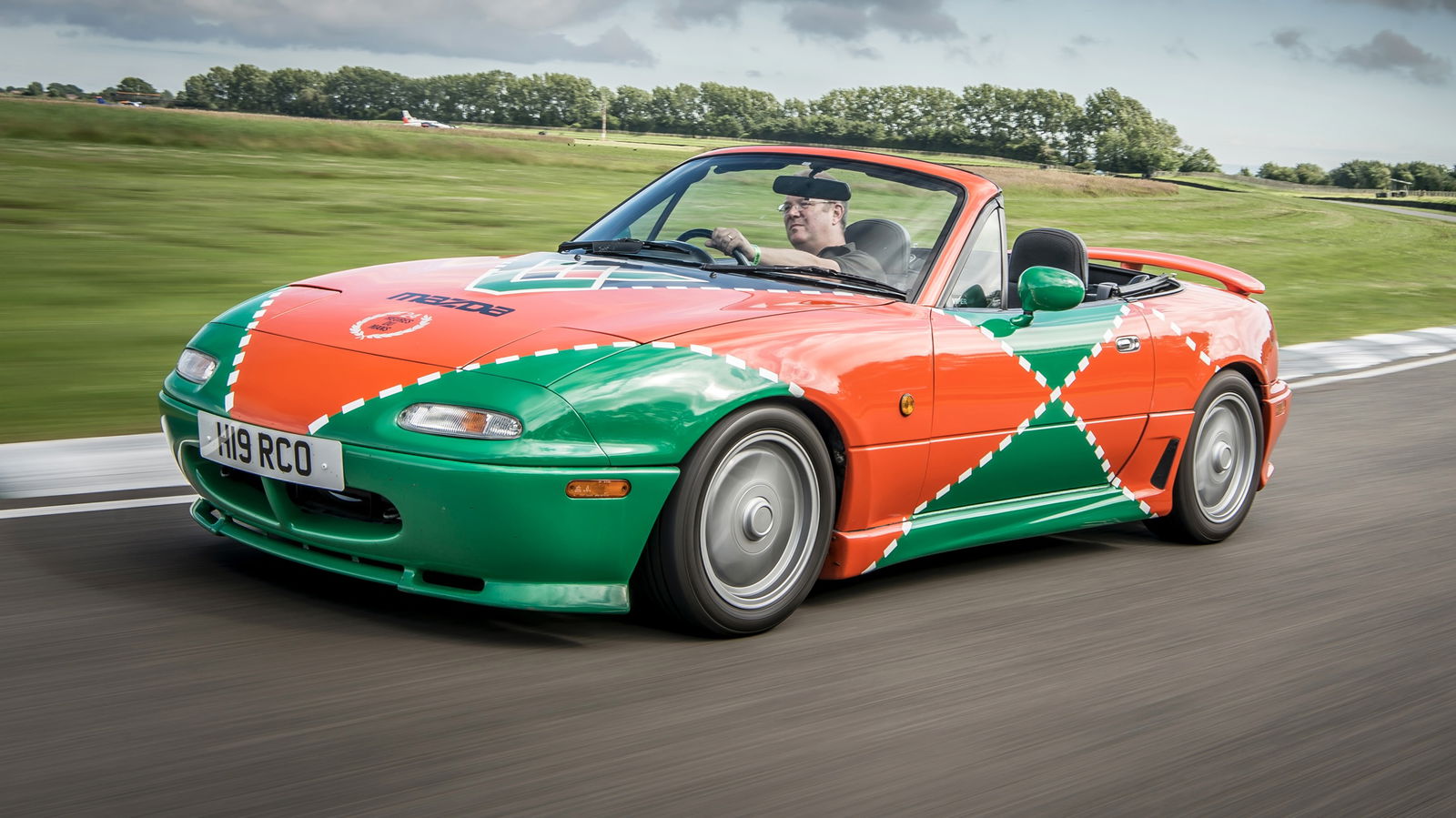

Comments